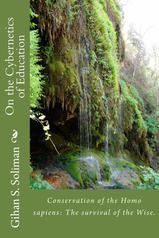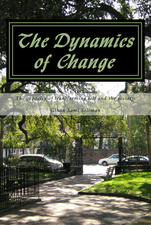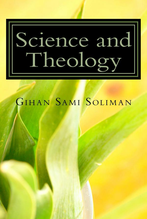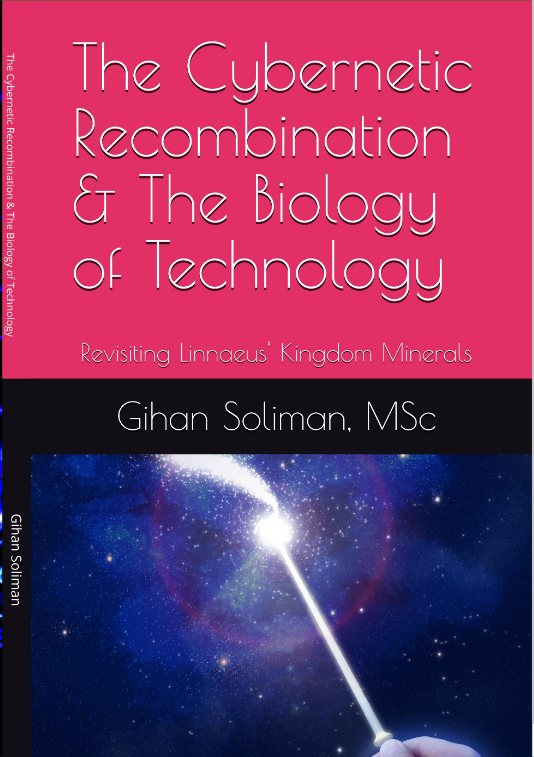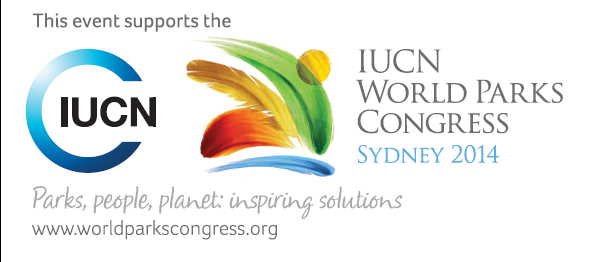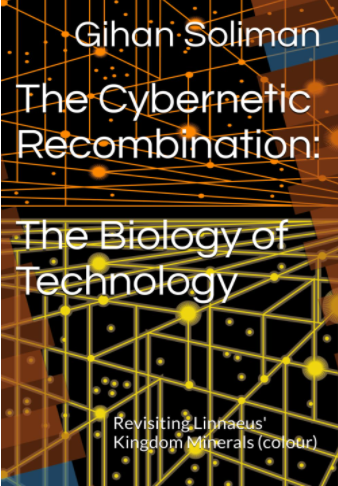Volume I | Issue1 | February 2016
Despite Hardin's Infamous 'Tragedy of the Commons',
community management of resources is a perfectly reasonable way of managing resources:
A transdisciplinary perspective
Date Published: 2015-02-01Keywords: Hardin, Tragedy, the commons, ecological, economy, community, management,
interdisciplinary, perspective
Author: Gihan Soliman
Publisher: ICEA
Abstract
Two pieces of work have influenced economics - as we know it today, to the greatest extent. The two of them have circulated to the highest possible level among academics (and non-academics), even after being heavily critiqued. They were, both, often misrepresented, misinterpreted, and thus misjudged by many scholars and economists, as they are spontaneously interlinked. One is Hardin's (1968) the " Tragedy of the Commons" and the other is Darwin's " survival of the fittest" paradigm, explained in his famous book the Origins of Species(1871) and the Descent of Man. In this essay I explore the historic links between the two concepts and the rationale of their interlinkage, while elaborating the influence on Economics from a transdisciplinary perspective. I will elaborate that in spite of the “tragedy of the commons” and the often misrepresented "survival of the fittest" - underpinning neo-classicism, human societies have managed to create innovative approaches to cooperate and manage common resources efficiently, that we have become one of the most successful species on earth - so far (see IUCN red list on Homo sapiens), with a prospect to maintain a sustainable (and prosperous) future.
View and/or download a PDFA critical appraisal of economic valuation methods
in the context of halting deforestation in the Brazilian Amazon
Date Published: 2015-02-01Keywords: sustainability, critical, appraisal, halting, deforestation, Brazilian, Amazon
Author: Darius Stein
Publisher: ICEA
Abstract
This paper critically discusses how different economic valuation methods can be used to measure the benefits of halting deforestation
in the Brazilian Amazon.
Four different valuation methods are discussed: the replacement cost to measure the value of carbon sequestration and biodiversity
maintenance, the contingent valuation method to measure the value of better protection management, the travel cost method to determine
the recreational value of community-based ecotourism, and deliberate valuation as a way to understand the larger socioeconomic dynamics
driving deforestation on agrarian settlements.
This paper concludes that the contingent valuation method should be preferred over the travel cost method and the replacement cost method
for valuing the maintenance of crucial ecosystem services, like carbon sequestration and biodiversity in the Brazilian Amazon.
In addition to contingent valuation, group-based methods, like deliberate valuation, can help elicit deeper held values that Brazilian
smallholder farmers have for the environment and consequently, make them engaged in more responsible trade-offs between agrarian
development and maintenance of biodiversity.
An overview of the role of fungi in the dynamics of soil fertility and structure
Date Published: 2015-02-01Keywords: Fungi, role, soil, formation, functions, sustainability, mycorrhizal
Author: Gihan Soliman
Publisher: ICEA
Abstract
This paper presents an overview of the role of different types of fungi in soil formation and functions.
Fungi species have been found to play a fundamental role in the formation, structure, and sustainability of
agricultural (and terrestrial) soil. This role has been often overlooked due to the complexity of such contribution;
bulked under the big banner of "organisms". Interestingly - as it may be, Fungi come in all shapes and sizes,
and are not exclusively "micro". I argue herein that fungi have not received their due attention - as a separate
kingdom from plants and animals, and as more inclusive than what the “microorganisms” term may stand for. I also argue that
such attention is required for efficient soil sustainable management, restoration, and/or even “re-creation”. I have used
desert truffles in the Middle East as a case in point for the paucity in soil fungal conservation awareness and explored
the possibilities of using commercial fungi to enhance soil fertility and structure, with some suggestions in relation to the UK soil.
.. A Madman, an Economist or a Cyberneticist!
Date Published: 2015-02-01Keywords: economy, cybernetics, ecology, environment, degrowth, zero growth, Daley
Author: Gihan Soliman
Publisher: ICEA
Abstract
It has been infamously - and satirically, articulated that "Anyone who believes exponential growth can go on forever in a finite world is either a madman or an economist" - Kenneth Boulding. Adding a "Cyberneticist" to the list - aiming at reversing the satire, this short paper is in support of the post-Keynesian neoclassical (potentially green) economics versus the Degrowth discourse - based on the laws of thermodynamics argument and the technological current and prospective (r)evolution.
View and/or download a PDFOpen Innovation in Life Science: Closing the Loop An interdisciplinary perspective
Date Published: 2015-02-01Keywords: Innovation, life science, pharmaceutical, fungal, conservation, bioprospecting
Author: Gihan Soliman
Publisher: ICEA
To address the decline in the pharmaceutical industry, there has been proposals of developing the business
model through adopting Open Innovation (Subramanian, 2014) approaches. I argue that engaging in co-funded
conservation projects involving market-based bio-prospecting (rather than the current bio-prospecting-as-a-tool-of-conservation
pattern), might actually be the missing link to make the pharmaceutical cycle work more efficiently for the
pharma entrepreneurs, and for the community. I argue that by adding conservation of biological and genetic
resources to the holistic business model, it will become circular, dynamic and potentially more viable,
as it allows the pharma entrepreneurs to have an input at the emergence point of discovery, and thus have
significant control over the sustainability of the process, while they also contribute to the welfare of
the community and get some public confidence back without compromising profit.

